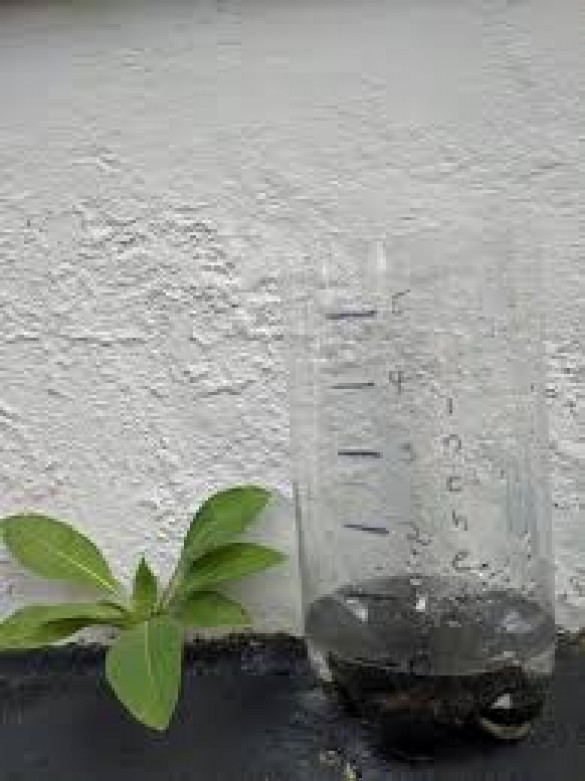
Rainfall is a natural phenomenon that has fascinated humanity for centuries. While we often measure liquids in litres, rainfall is typically quantified using different units, such as millimeters or inches. In this article, we will explore the reasons behind this intriguing meteorological measurement choice.
Meteorology, the science of studying weather patterns, relies on standardized units to ensure consistency and comparability of data. Litres are more commonly associated with measuring liquids for everyday purposes, such as filling a glass of water, rather than quantifying meteorological phenomena.
Rainfall is typically expressed as the depth of water that accumulates over a specific area. Meteorologists measure this depth in millimeters or inches. For example, if an area receives 10 millimeters of rain, it means that the equivalent depth of water would be 10 millimeters if it were uniformly spread over the ground.
Rainfall is measured using instruments called rain gauges. These devices are designed to collect and measure raindrops. The design of rain gauges is optimized for capturing precipitation depth, making millimeters or inches a more suitable unit for measurement.
Raindrops are not uniform in size. They can range from tiny droplets to larger spheres. Measuring rainfall in litres would be impractical, as it would require accounting for the varied sizes of raindrops, making the measurement less precise.
Rainfall is often unevenly distributed across an area. Some places may receive heavy downpours, while others may only experience a light drizzle. Expressing rainfall in litres would not accurately represent the localized variations in precipitation.
Meteorologists aim for precision in their measurements to understand weather patterns accurately. Using millimeters or inches allows them to precisely gauge the amount of water that falls, aiding in weather forecasting, flood monitoring, and climate research. In conclusion, rainfall is not measured in litres due to meteorological conventions, the need for precise measurements, and the inherent challenges associated with variable raindrop sizes and distribution. Using millimeters or inches provides meteorologists with the accuracy required to study and predict weather patterns effectively.